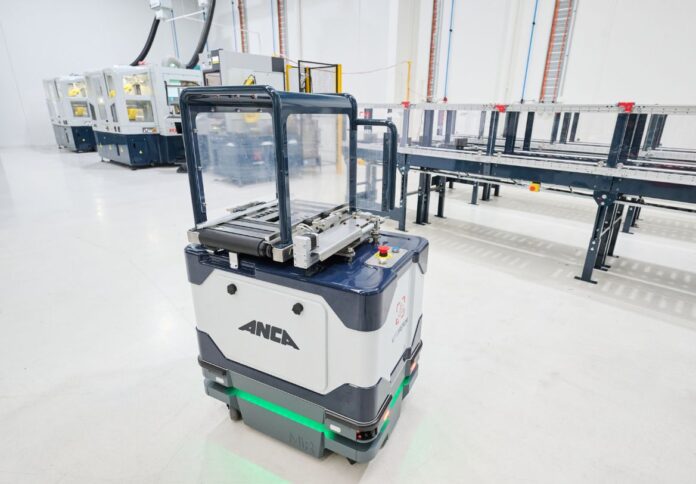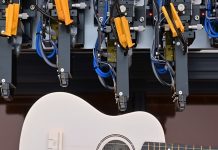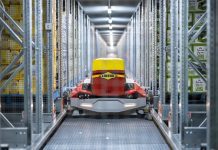
Industrial automation has seen strong market growth in recent years as the global sector reaches USD 196.6 billion in 2021 and is anticipated to surpass USD 412.8 billion by the end of the decade.
This signals an impending gold rush in the global market, raising the question of whether Australia is capable of capitalising on the nation’s rich resources to become a global leader in the sector.
In addition to building Australia’s sovereign capability, leveraging low-cost clean energy, transforming the transport sector, and expanding export opportunities to position Australia as a global manufacturing powerhouse, the National Robotics Strategy must also prioritise allaying public concern about the rise of machines in our daily lives.
Shifting the government’s focus
According to ANCA CNC Machines, concerns about robots replacing people in the workforce must be addressed in a way that includes not only integration but also the development of the Australian robotics industry.
The International Federation of Robotics revealed that automated jobs have been increasing by 14 per cent per year. Automated systems are also expected to account for 25 per cent of capital spending over the next five years for many companies, according to research conducted by global management consulting firm McKinsey.
The government needs to emphasise that Industry 4.0 is not only about replacing jobs but changing them.
“The National Robotics Strategy needs to set safety nets for those who are displaced and support them to transition to new roles. The transition of the workforce must be managed carefully and provide support to those who need to re-skill or up-skill to ensure a smooth and equitable transition to the new economy,” ANCA said in a blog.
Tapping into Australia’s renewable energy
According to ANCA, Australia’s renewable energy potential presents a significant opportunity to tap into low-cost, clean energy through solar combined with battery storage. This extends beyond environmental concerns, as increased automation is reshaping the manufacturing landscape.
Australia also touts an abundance of raw materials that could be used to manufacture components that can be turned into automation solutions, instead of exporting them overseas.
However, ANCA says this will require significant investment in research and development to build the necessary infrastructure to support the sector’s efforts, and the right policy in place to incentivise industry to build up sovereign capabilities and domestic supply chain.
The company recently launched the ANCA Integrated Manufacturing System (AIMS) automation technology, which can help companies combat rising costs and address the growing skill shortage in Australia.
The gold rush of the global automation industry is underway and with Australia’s rich resources and initiatives to foster innovation, the nation can cement its position as a global powerhouse in the sector.




















